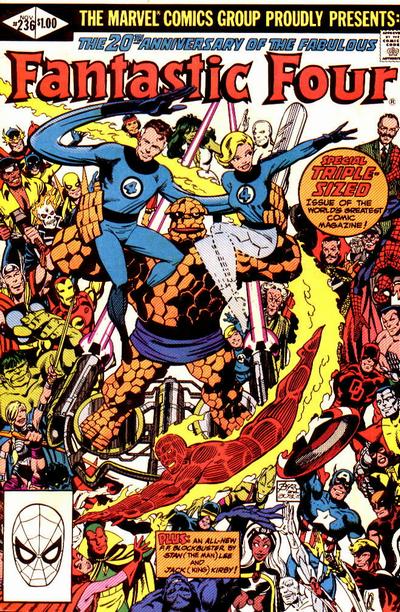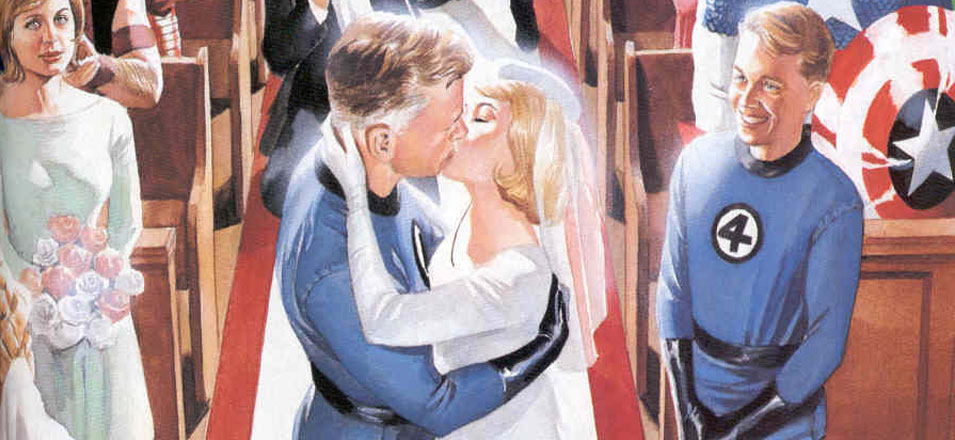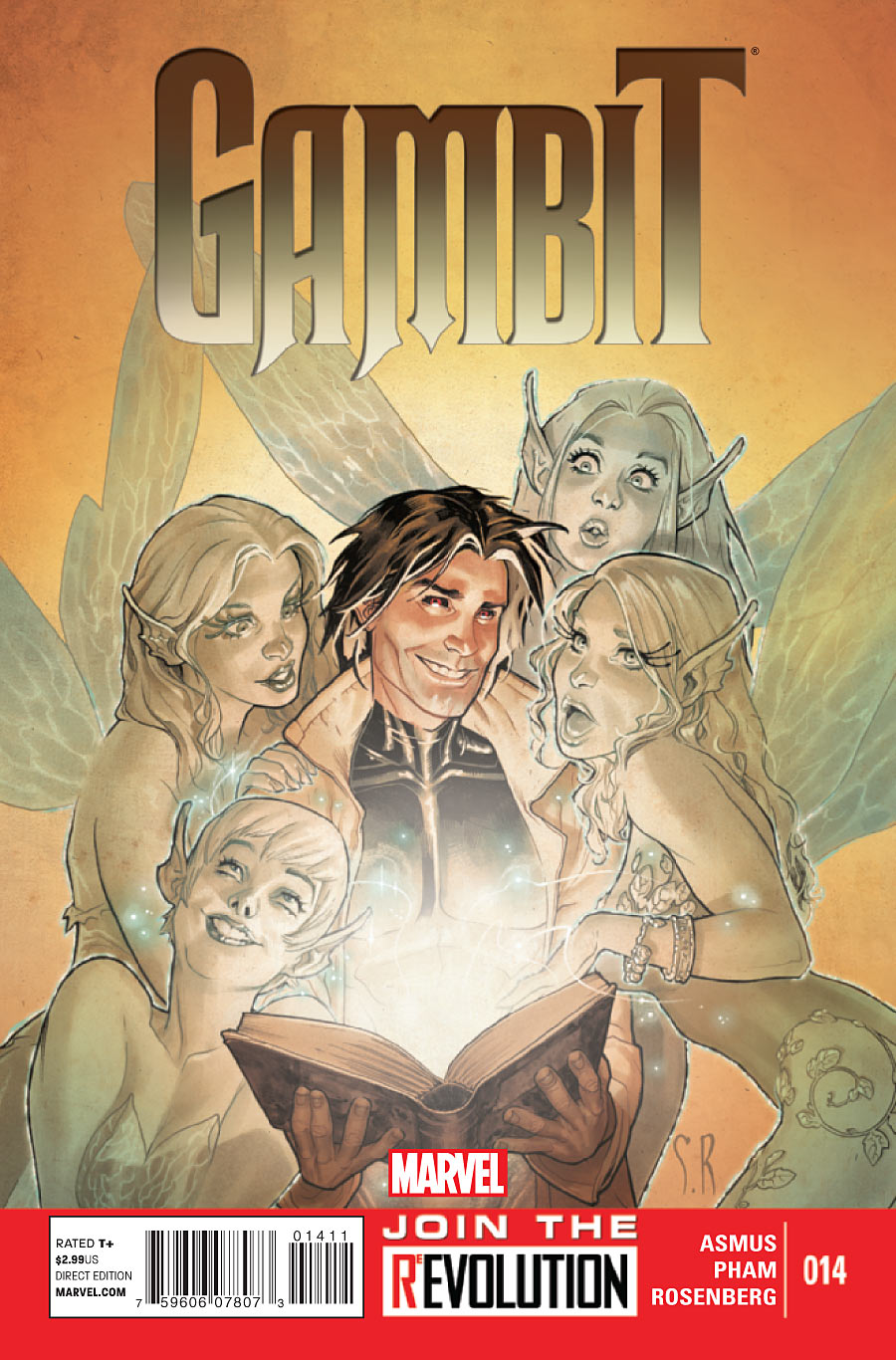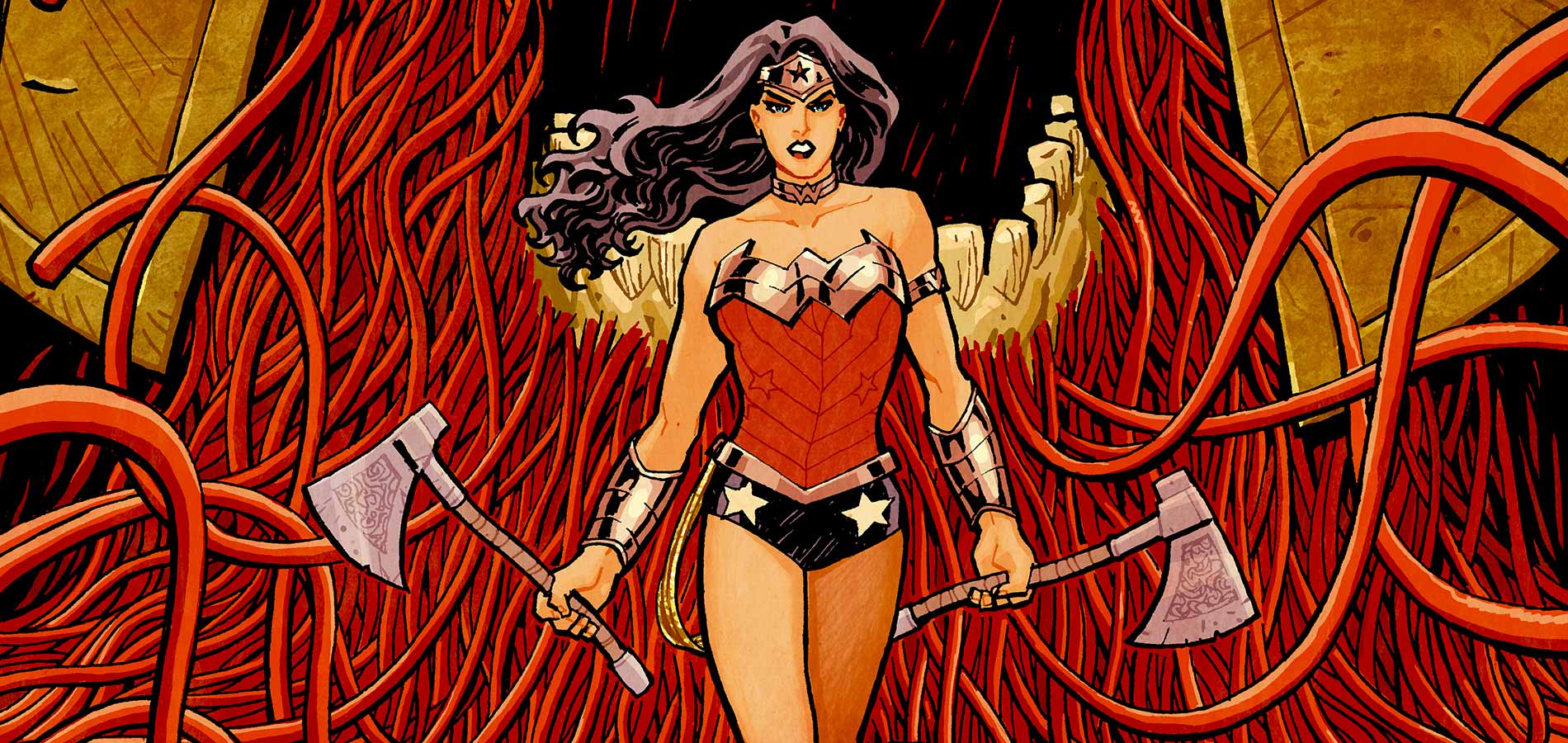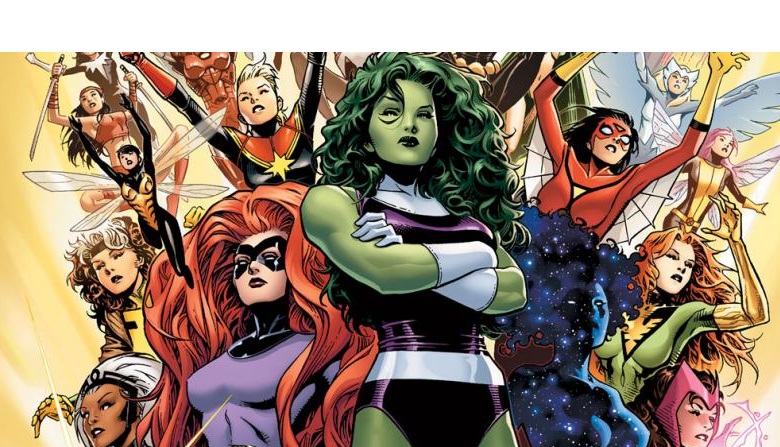Get ready for some laughs, cause we’re talking about Charles Soule’s She-Hulk today as we continue to look at Marvel’s current solo female titles.
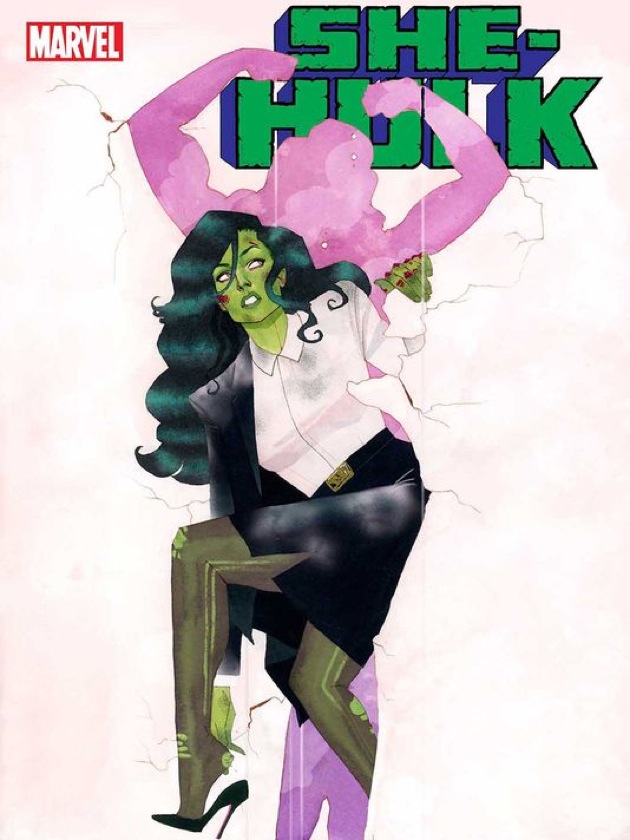
Let’s start with the basics. Jennifer Walters is Bruce Banner’s cousin. In a life-or-death emergency, Bruce gave Jennifer a transfusion with his own blood. Because of this act, Jennifer’s body was exposed to the same gamma radiation that Bruce’s body was, albeit in a reduced content. Upon returning to consciousness, Jennifer discovers that she can morph into a Hulk form. What’s more, Jennifer is able to retain all of her personality, thoughts, and memories in this She-Hulk form. Essentially, She-Hulk is a physically modified version of Jennifer Walters.
Soule’s current run on She-Hulk does not explore the nuances to this situation; for that, readers will have to check out older She-Hulk issues (I recommend reading Dan Slott’s run from the mid-2000s). Instead, Soule concentrates the current run on Jennifer’s presence in the working world. Much like Fraction and Aja’s Hawkeye, She-Hulk explores what the hero does when she’s not off being a hero.
The basic premise of the series is Jennifer carving out a new place for her fledgling law office. After leaving a high-powered company after some differences (the lawyers felt the presence of She-Hulk brought more problems than she was worth), Jennifer decides to continue representing tricky cases involving supernatural individuals. With the help of a strange paralegal with a monkey and Patsy Walker, Jennifer shows that she is as business savvy as she is green.
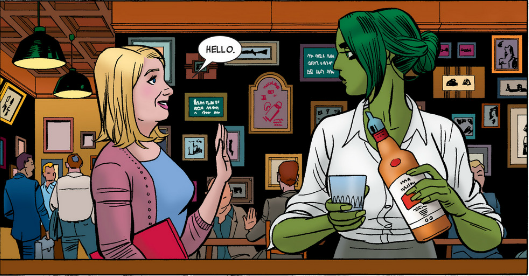
That’s not to say she isn’t met with her fair share of obstacles. The cases she may represent involve heroes as well as villains, causing Jennifer to put aside her Avengers hat and think in her client’s best interests. Damages done to villains in the name of justice are just as important as buildings that are destroyed. Soule, being a lawyer himself, makes the legal aspect of this series interesting by introducing crazy elements into Jennifer’s legal practice. From mysterious cases nobody seems to remember to providing protection for Dr. Doom’s son, there’s never a dull moment at Jennifer’s practice.
She-Hulk has long been an example of a female hero done right. There are enough distinguishing features to separate her from her male counterpart, namely the way she embraces her Hulk form and her intellectual functioning while in Hulk form. She is often brought onto teams, especially the Fantastic Four, as the powerhouse member. Jennifer’s not all business all the time. She relishes in her Hulk form, dressing in eye-catching costumes and engaging in outrageous parties. She even likes to bag a model now and again. Though Soule’s She-Hulk series has yet to hit on these aspects of the character, readers catch glimpses of a multi-faceted She-Hulk when she sulks (goes out drinking), makes impulsive decisions (breaking an expensive desk to prove a point), and calls upon her extensive network of allies (Tony Stark and Matt Murdock are just two of the cameos in this series so far).
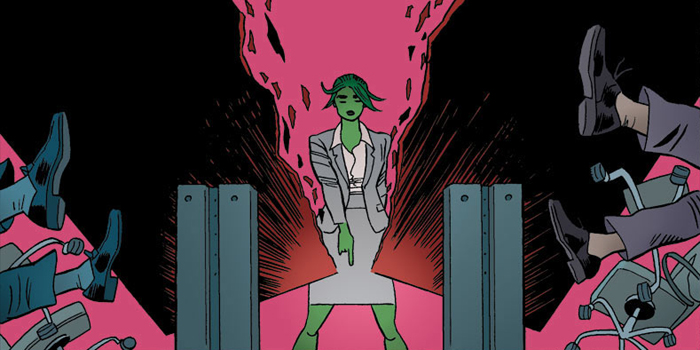
What we do get from Soule’s current She-Hulk comic book series is a fun, goofy take on a female character that never takes herself too seriously. The series does a great job showing the diversity in superhero books; yes, Jennifer is constantly in her She-Hulk form and occasionally battles robots, but much of the series deals with issues that are smaller in scale. She-Hulk embraces the fun of being a superhero, and that joy radiates in the panels.

